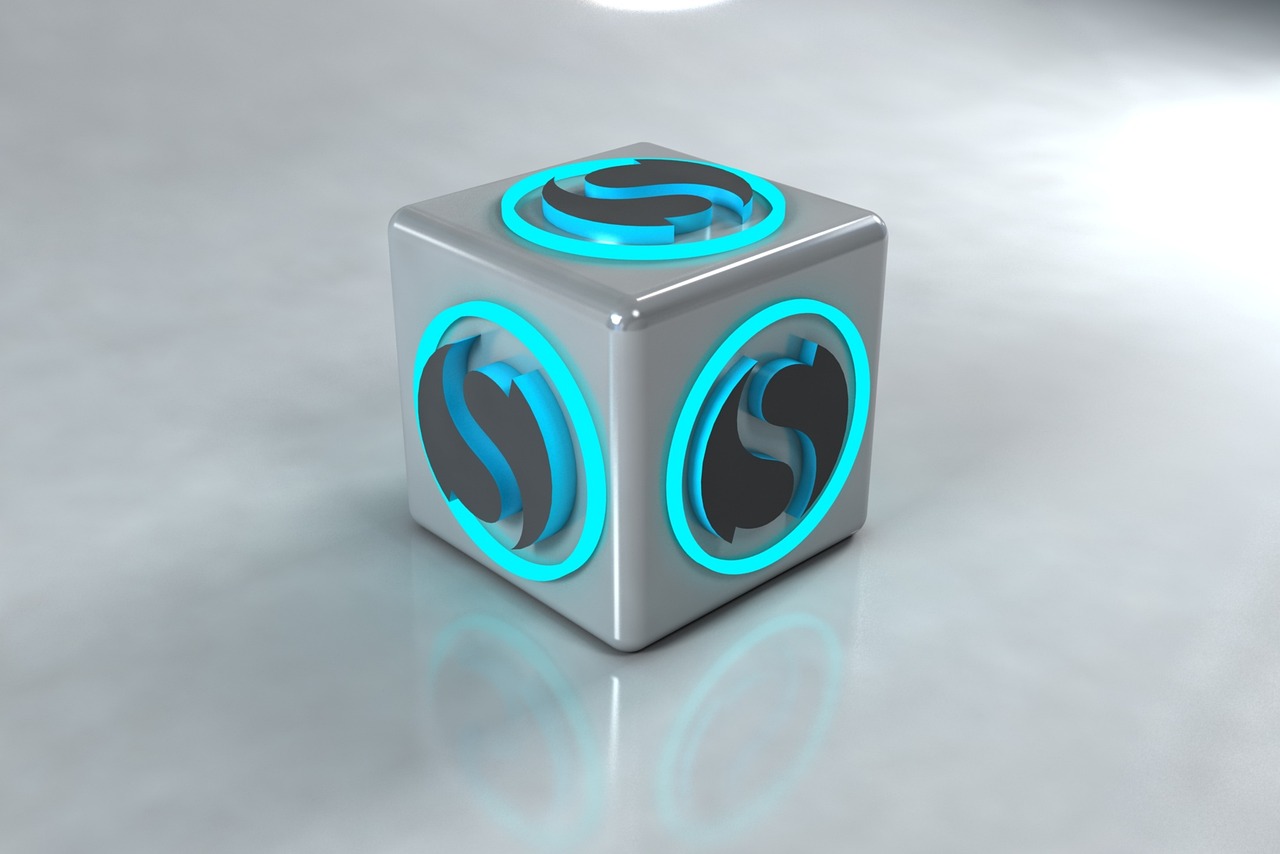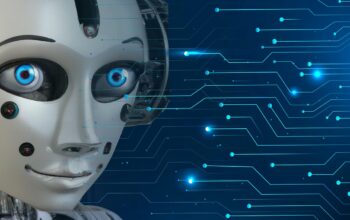
Tencent Hunyuan3D
Tencent Hunyuan3D-PolyGen Overview. Tencent has revolutionized the 3D asset creation landscape with its new Hunyuan3D-PolyGen model. This innovative tool aims to streamline the development process for game developers by producing what they term “art-grade” 3D assets. This model is a significant advancement, addressing the longstanding bottleneck that has plagued artists who typically spend excessive hours perfecting complex geometries and wireframes. By leveraging this technology, developers can expect a transformative shift in their approach to asset creation.
Efficiency Gains for Game Developers
The core of Hunyuan3D-PolyGen’s effectiveness lies in its proprietary BPT technology, which allows for the compression of extensive 3D data while retaining crucial details. The result is the capability to generate high-quality 3D assets with tens of thousands of polygons that are ready for commercial use. Notably, Tencent reports that artists utilizing this model have experienced efficiency gains exceeding 70 percent. This substantial improvement is poised to alleviate the resource strain on development teams, making it a game-changer in the industry.
Innovative Mesh Generation Approach
Hunyuan3D-PolyGen utilizes an autoregressive mesh generation framework that integrates advanced spatial inference techniques. This system intelligently handles both triangular and quadrilateral faces, addressing compatibility issues that often arise when transferring 3D assets across different software platforms. By employing a three-step process that translates existing meshes into a format comprehensible by AI, the model effectively generates new mesh instructions and converts them back into usable 3D assets. This method not only maintains geometric integrity but also produces results that meet the rigorous standards of professional game development.

Quality Control Through AI Learning
An impressive feature of Hunyuan3D-PolyGen is its reinforcement learning system, which trains the AI to discern quality in its outputs. This approach mimics the mentorship model, allowing the AI to learn from feedback and improve its asset generation capabilities over time. This means studios can expect more reliable outputs right from the start. Given the persistent challenge of subpar AI-generated models in the gaming industry, Tencent’s focused approach to quality control sets a new standard for what AI can achieve in creative workflows.

Impact on Game Development Studios
The introduction of Hunyuan3D-PolyGen represents a significant shift in how game development studios might operate. As development costs escalate and timelines tighten, tools that accelerate asset creation without sacrificing quality are increasingly valuable. This technology is not designed to replace human artists but to augment their capabilities, allowing creative professionals to devote more time to conceptual tasks rather than the labor-intensive aspects of 3D modeling.

Democratizing Asset Creation
The implications of Hunyuan3D-PolyGen extend beyond individual studios. By making high-quality asset creation more accessible, smaller studios may find themselves better positioned to compete with larger entities that have traditionally held resource advantages. As this technology matures, it could lead to a democratization of high-quality game development, fostering innovation and diversity in the industry.
Future of AI in Gaming
Tencent’s successful implementation of Hunyuan3D-PolyGen may inspire other major players in the gaming industry to accelerate their development of AI-assisted creative tools. This could herald a new era of productivity enhancements, ultimately transforming how games are developed. For developers who have approached AI with caution, the effectiveness of Tencent’s model might signal that the technology is finally ready to fulfill its promise of revolutionizing creative processes.




